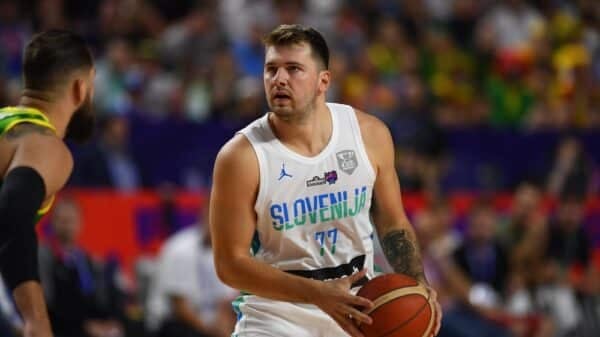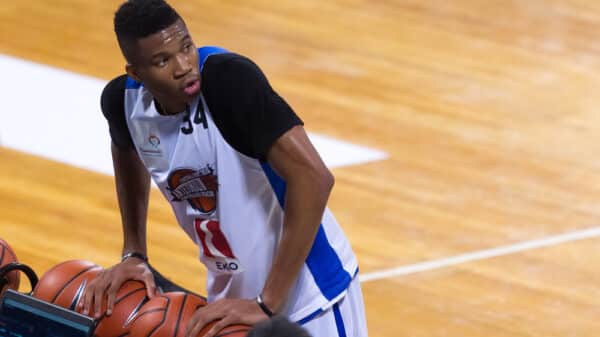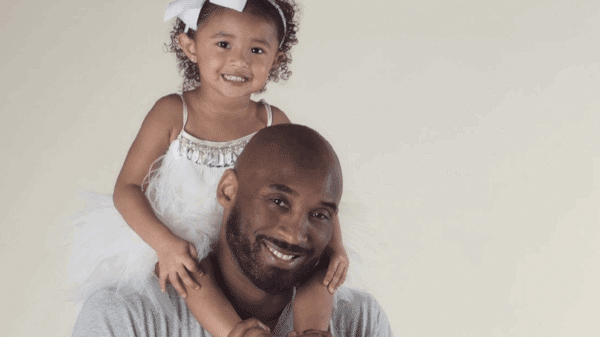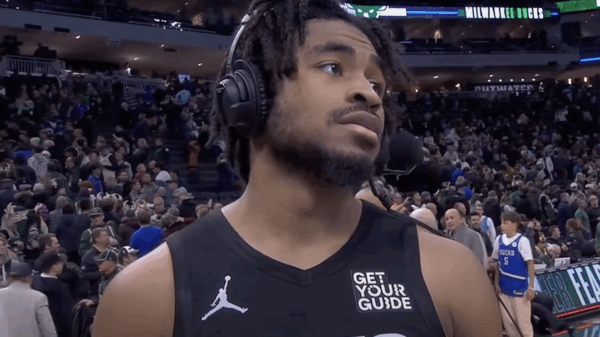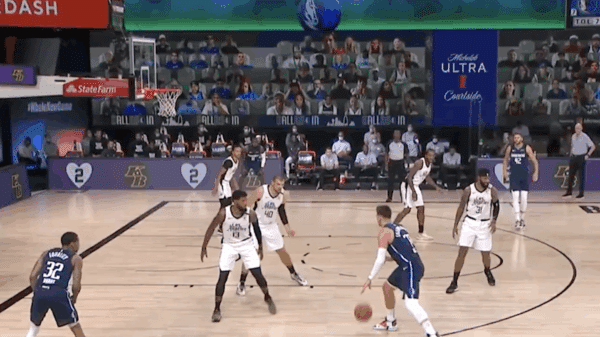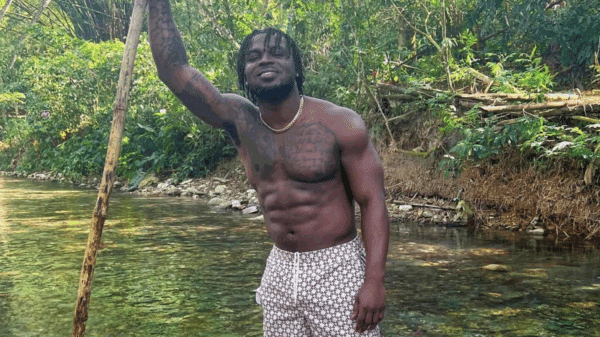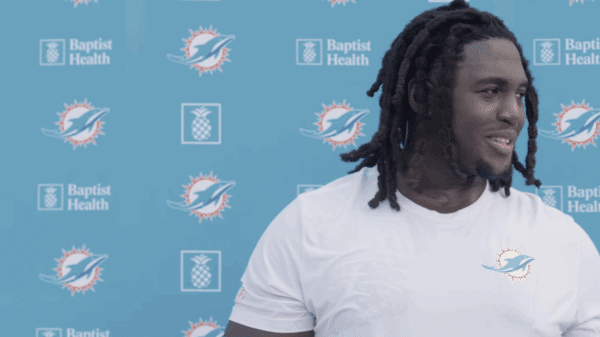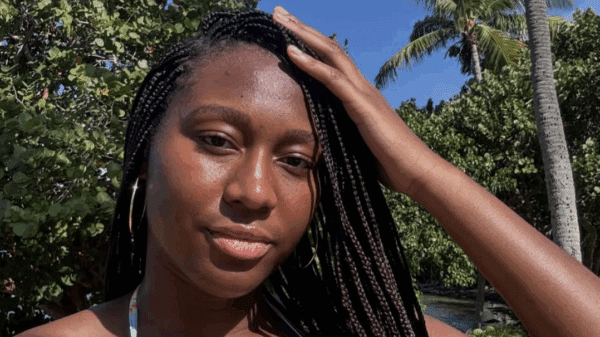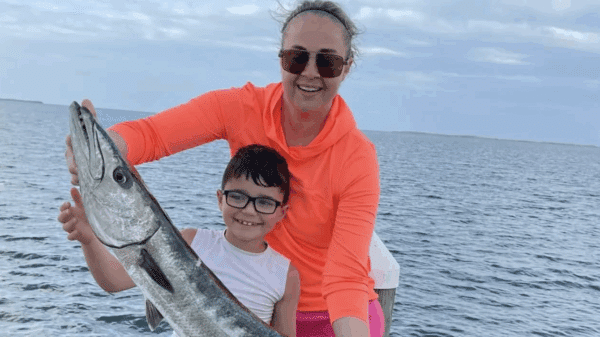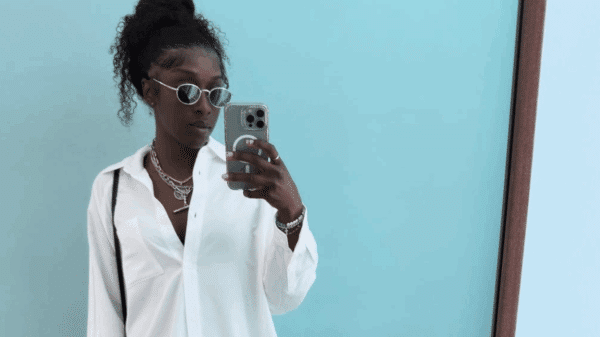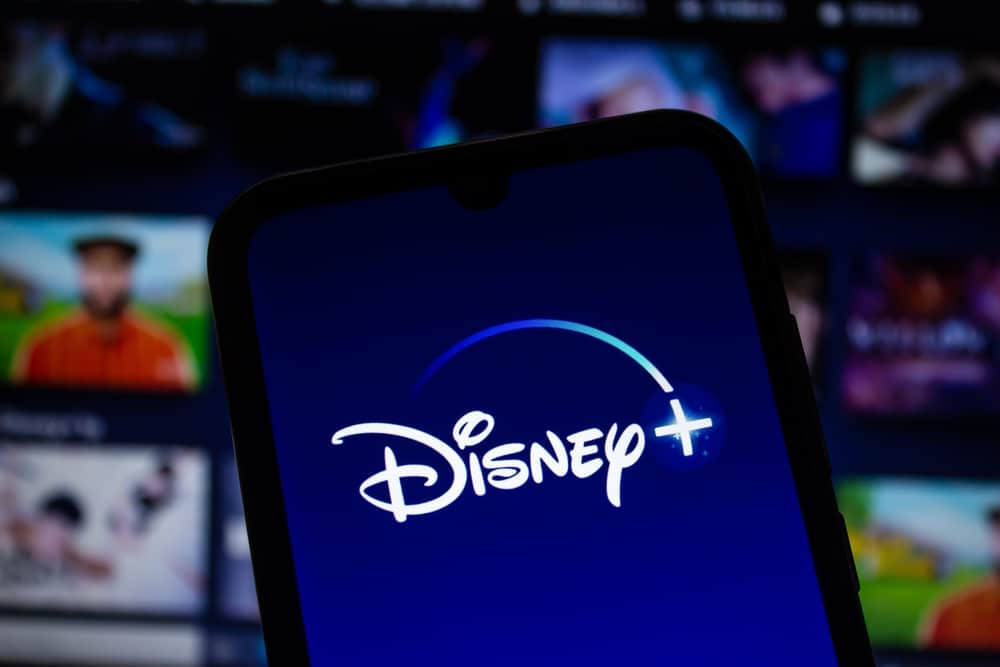The WNBA revealed an innovative 11-year media rights agreement on Wednesday valued at $2.2 billion. This deal, which involves collaborations with Disney, Amazon Prime Video, and the fresh rights holder NBCUniversal, stands as a momentous occasion for the WNBA, accentuating the burgeoning interest and worth of women’s basketball.
In a statement to ESPN by WNBA Commissioner Cathy Engelbert, she expressed the significance of partnering with Disney, Amazon, and NBCU as a groundbreaking chapter in WNBA history, showcasing the notable surge in value and historical levels of interest in women’s basketball. These accords empower the league to construct a sustainable growth model for the future of women’s basketball and sports, delivering benefits to WNBA players, teams, and fans.
Initial insights from The Athletic suggest that the deal is poised to generate an estimated $200 million annually, with potential expansion through future agreements with additional partners, potentially nearing a combined value of $3 billion. The commencement of the new media rights accord is slated for the 2026 season through 2036, featuring a probable reassessment of rights fees after three years for valuation alignment.
Predicated on the terms of the agreement, Disney, Amazon, and NBCU will broadcast a surplus of 125 regular-season and playoff games annually. The Disney conglomerate, encompassing ABC, ESPN, and ESPN2, will showcase no less than 25 regular-season games. NBCU is set to air 50 games across NBC, USA Network, and Peacock, while Amazon Prime Video is designated to stream 30 matches.
Media deal partners will share the airing rights to WNBA playoff games
The allocation of playoff games amongst partners stipulates that Disney will transmit two first-round series yearly, with NBCU and Amazon Prime Video each entrusted with one series. The distribution of semi-final and final series will rotate among broadcasters for the duration of the deal. Disney will broadcast eight semi-final series and five finals, whereas NBCU and Amazon Prime Video will each cover seven semi-finals and three finals. Furthermore, Disney plans to continue televising WNBA All-Star events and the WNBA Draft, while Amazon Prime Video will remain the focal point for the Commissioner’s Cup Championship Game.
Reflecting on the collaboration, ESPN Chairman Jimmy Pitaro praised the productive relationship with the WNBA, dating back to the league’s establishment in 1997. Pitaro emphasized the streaming of marquee events like the WNBA Finals and their pivotal role in propelling the league’s growth while bolstering ESPN’s digital future and serving fans exceptionally well.
Apart from the aforementioned partnerships, the WNBA currently maintains engagements with CBS and ION, anticipated to undergo renegotiation, potentially yielding an additional revenue stream of at least $60 million. This augmentation could escalate the league’s aggregate media provisions to six times the sum of its existing accords.
The influx of fresh revenue is poised to have a substantial impact on player compensations, a longstanding concern within the league. Since its inception in 1997, WNBA players commonly ventured overseas for additional income sources. Presently, the top base salary in the league stands at $242,000, with potential earnings eclipsing half a million through salaries, marketing pacts, and bonuses.
Over the past two seasons, the league has witnessed a surge in viewership ratings. Notably, the recent All-Star Game amassed 3.4 million viewers, ranking as the third most-watched event in the league’s history. Looking ahead, the WNBA plans to expand to 14 teams across the upcoming two seasons, with the addition of the Golden State Valkyries in 2025 and a budding franchise in Toronto debuting in 2026.
Image Source: Emre Akkoyun / Shutterstock

